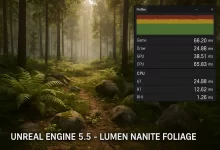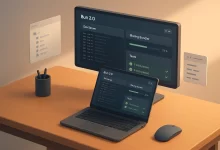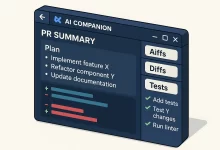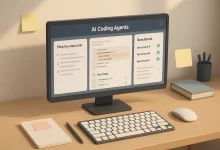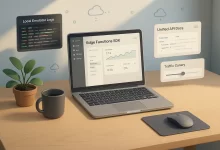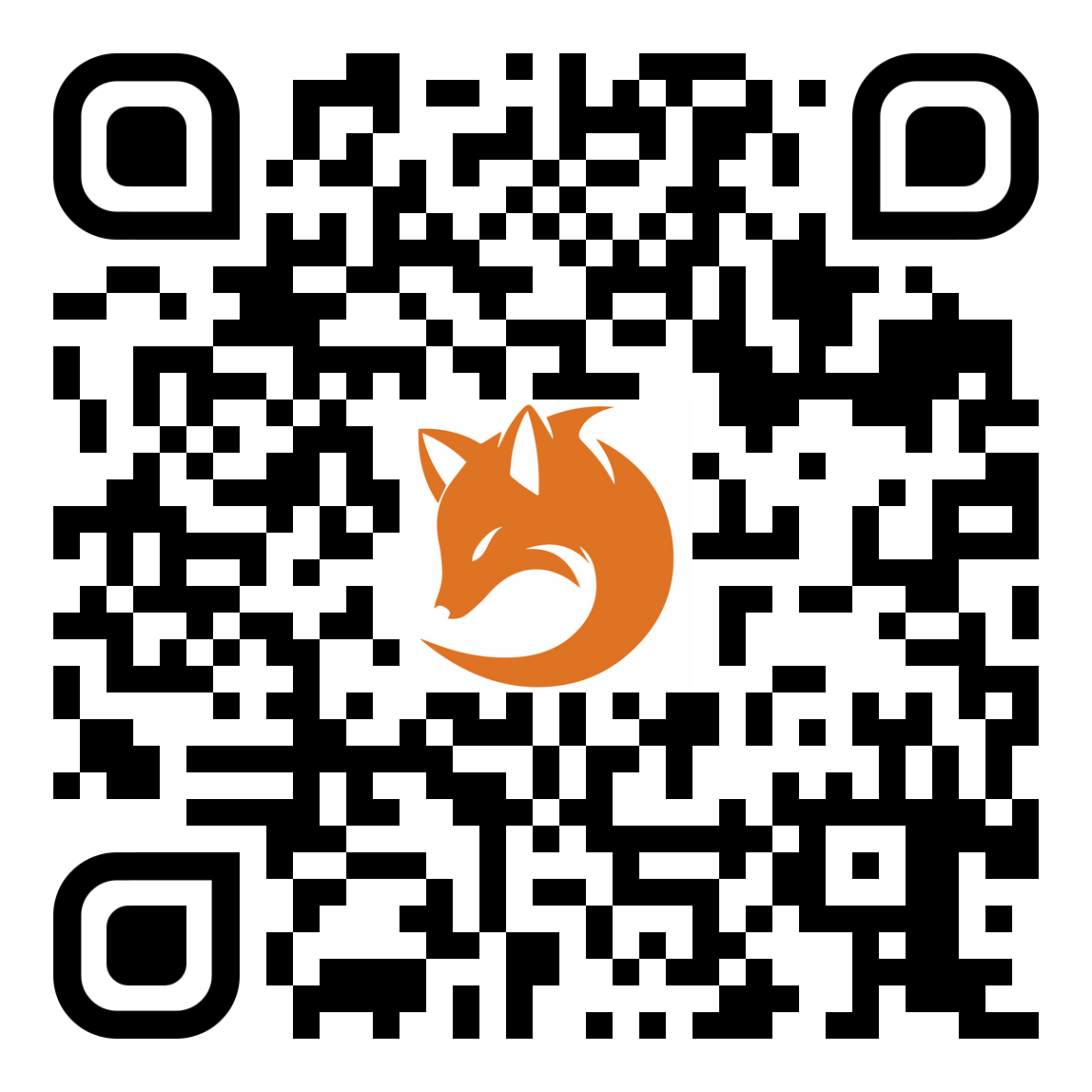Today, July 25, 2025, the streets of San Francisco got a futuristic facelift as Tesla Robotaxi officially began operations in the city’s downtown core. I flagged one down near Market Street this afternoon and stepped into a sleek, steering-wheel-free vehicle that felt like riding inside a sci-fi film. For a flat \$4.20 per trip, you tap your Tesla app, hop in, and let the car handle the rest—no driver needed, no maps to juggle.
The initial rollout covers key neighborhoods—SoMa, the Mission, and North Beach—with plans to expand to the Financial District and Marina by month’s end. Each Robotaxi is equipped with Tesla’s latest Full Self-Driving (FSD) v12.3 software, which blends neural-net perception with redundant LiDAR and camera arrays for a safety-first approach. During my 12-minute ride, the vehicle navigated tight turns, lane merges, and pedestrian crossings with calm precision. It even paused for a double-parked delivery truck, seamlessly rerouting around the obstruction.
Cost and Convenience
At \$4.20 flat, Tesla Robotaxi undercuts many ride-hail competitors while offering a premium, driverless experience. There’s no surge pricing or cancellation fees—just place your request and go. Payment is handled automatically through your linked Tesla account, and you receive a detailed trip summary via email. For commuters tired of juggling cash, cards, and wait times, this simplicity is a breath of fresh air.
Safety and Regulation
City regulators have been monitoring Robotaxi trials since early pilots last year. To comply with San Francisco’s AV safety frameworks, Tesla installed extra fail-safe systems: dual-redundant braking, an emergency stop button for passengers, and a remote-operator override center. I spoke briefly with a city transportation official who praised Tesla’s transparency and rigorous testing data, noting that zero collisions or near-miss incidents have been logged during the pilot phase.
Impact on Urban Mobility
With traffic congestion and transit costs rising, the arrival of Tesla Robotaxi represents a seismic shift in urban transportation. Riders can summon a car in under two minutes, freeing up parking spaces and reducing carbon emissions by maximizing vehicle utilization. Local business owner Maria Lopez told me she’s already booked a lunchtime ride three days in a row—she appreciates not having to hunt for metered parking near her café.
Looking Ahead
Tesla plans to roll out Robotaxi service citywide by September, adding over 5,000 vehicles to its San Francisco fleet. Subscription packages will follow, offering frequent-rider discounts and priority pickup zones. And with plans to expand to Los Angeles and Seattle next quarter, Tesla Robotaxi is poised to redefine how we think about hailing a ride.
As I stepped out of my Robotaxi near the Embarcadero, I couldn’t help but smile at how effortlessly the car navigated urban chaos. If today’s launch is any indication, the era of fully autonomous, affordable taxi service has truly arrived—and it’s driven by the promise of safer streets and simpler commutes for everyone.

 FoxDoo Technology
FoxDoo Technology
